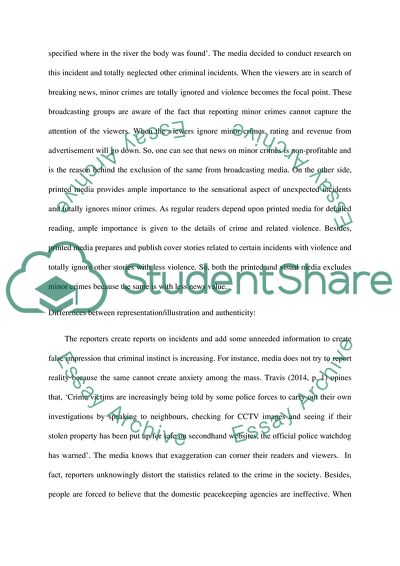Cite this document
(“Representation of Crime in the Media Coursework”, n.d.)
Representation of Crime in the Media Coursework. Retrieved from https://studentshare.org/media/1658830-a-critical-analysis-of-the-representation-of-crime-in-the-media
Representation of Crime in the Media Coursework. Retrieved from https://studentshare.org/media/1658830-a-critical-analysis-of-the-representation-of-crime-in-the-media
(Representation of Crime in the Media Coursework)
Representation of Crime in the Media Coursework. https://studentshare.org/media/1658830-a-critical-analysis-of-the-representation-of-crime-in-the-media.
Representation of Crime in the Media Coursework. https://studentshare.org/media/1658830-a-critical-analysis-of-the-representation-of-crime-in-the-media.
“Representation of Crime in the Media Coursework”, n.d. https://studentshare.org/media/1658830-a-critical-analysis-of-the-representation-of-crime-in-the-media.


